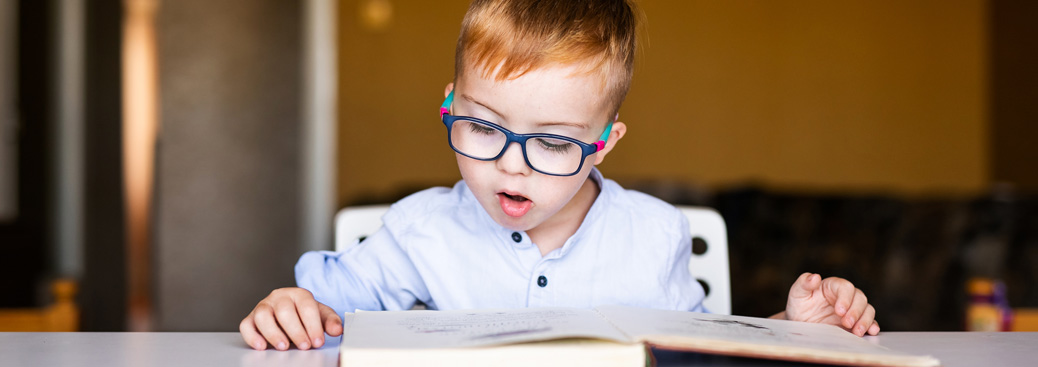Disability Strategies
Anxiety
We all worry or feel scared at times, but some children may worry so much that they avoid participating in activities, being with others, or going places. Children with disabilities and developmental challenges often experience higher rates of anxiety than their peers. Anxiety can take different forms, and some children can show symptoms of a number of types of anxiety. You can learn about the different forms of anxiety below.
Autism
Every child with autism is different, there is no ‘one size fits all’. Children with autism typically have difficulties with socialising and communicating with others. Although they may have social difficulties they are often keen to join in, they just might not know how.
Blind and low vision
Blind and low vision refers to significant and ongoing challenges with the ability to see. Some children may be considered legally blind if they cannot see beyond six metres (compared to 60 metres for a child with normal vision) or if their visual field is less than 20 degrees in diameter (compared to 140 degrees for a child with normal vision).

Cerebral palsy
Cerebral palsy describes a disorder that affects the way a person moves. Cerebral palsy occurs when there is damage to the brain when it is developing, and it affects a child’s ability to control their muscles. It is the most common form of physical disability in childhood.
Communication and language disorders
Communication is the exchange of both verbal and nonverbal information. It includes talking, as well as the understanding of words, visual information, body language, facial expressions, and gestures (e.g., pointing, waving hello, nodding your head to mean “yes”). Some students may need support with communication.
Deaf, deaf and hard of hearing
Deaf (capitalised D) is used to describe individuals who use Australian Sign Language (Auslan) to communicate, and who identify as members of the signing Deaf community. Deaf people often do not consider themselves as hearing impaired.
Developmental delay
Young children with developmental delay (or global developmental delay/intellectual disability) experience delays in thinking and everyday skills. They may have delays in several areas such as their motor, language and social skills. They may need extra time and help to learn new skills. Young children will vary considerably in their development.
Physical disability
Physical disability is a term used to describe any lifelong condition that affects a person’s ability to move, or to control their body movements. Children with physical disabilities will differ in how much their movement is impacted as there are many different types and causes.

Emotions
Early childhood is a rapid period of development where children start to learn about their emotions and how to regulate them. Some children, such as those with disabilities or developmental delays, will often need more support with learning to recognise, understand and regulate their emotions and related behaviour.
Fine and gross motor
Motor skills describes the ability to control and coordinate movements. This can include fine motor control (e.g. small movements of the fingers and hands) and gross motor control (e.g. large and coordinated movements of the trunk, arms, and legs).
Learning and memory
Learning and memory describe the ability to take in, process, store, and recall information. This may be information that we have heard (e.g. spoken instructions) or seen (e.g. being shown the location of items). Learning and remembering information rely on many different skills.
Sensory
Sensory functioning describes how the body responds to sounds, textures, lights, smells, pain, temperature and other stimuli or information in the environment. Some children can have reduced sensory awareness, such as children who are Deaf, deaf and hard of hearing, or children who are blind and low vision. Other children may find some sensory input distracting or distressing such as those with autism.
Social skills
Socialising with others requires many skills. These include being able to express thoughts or ideas, listen and understand what others say, show an interest in others, and share or take turns. Non-verbal behaviours are also important for socialising. These include using and understanding gestures, reading facial expressions, knowing how close to stand to others and whether it is okay to touch someone.
Thinking/cognition
Cognition is another word for thinking or understanding. It includes skills like how fast someone thinks, and their attention, reasoning, and problem solving. Cognitive skills will vary for each child.

